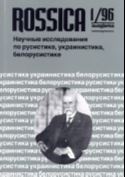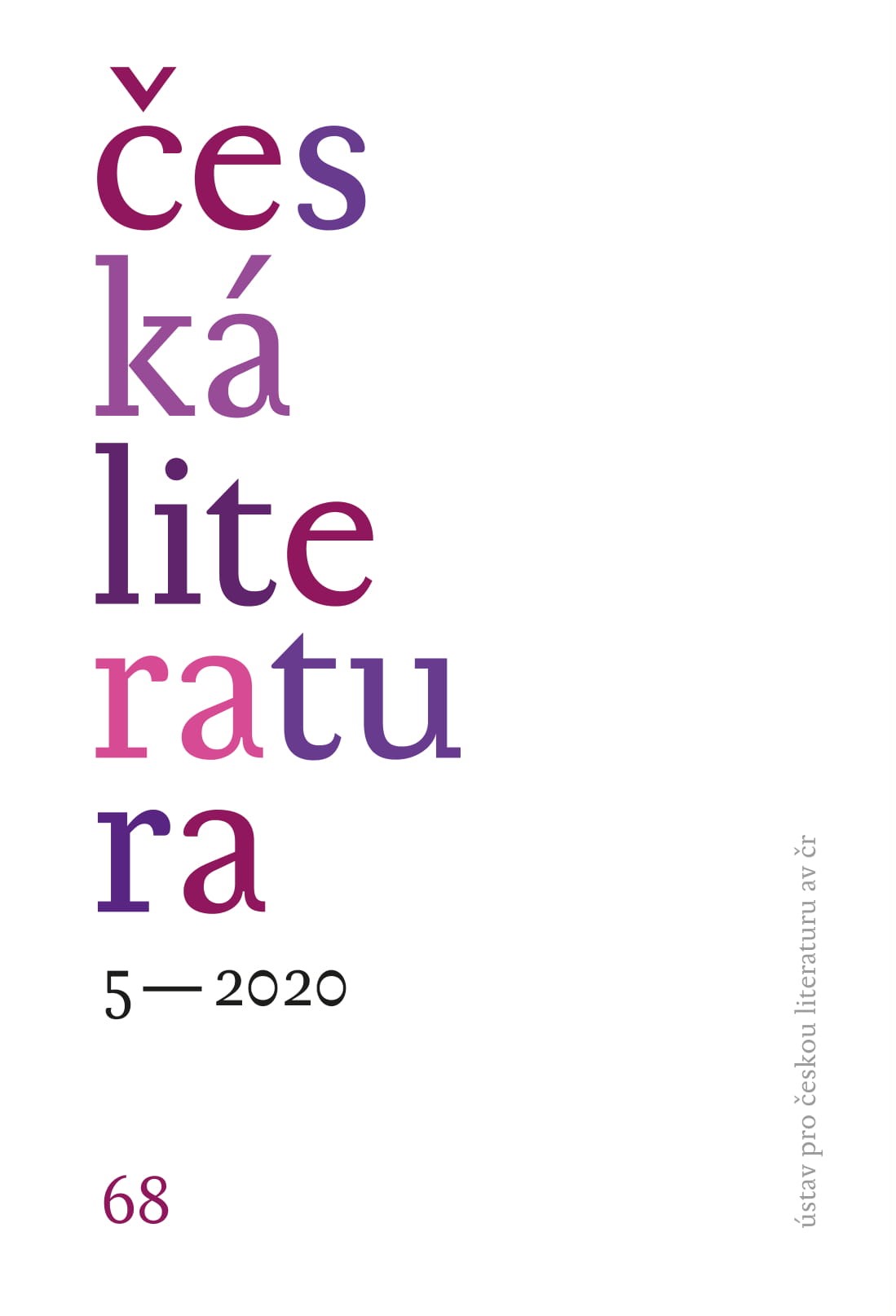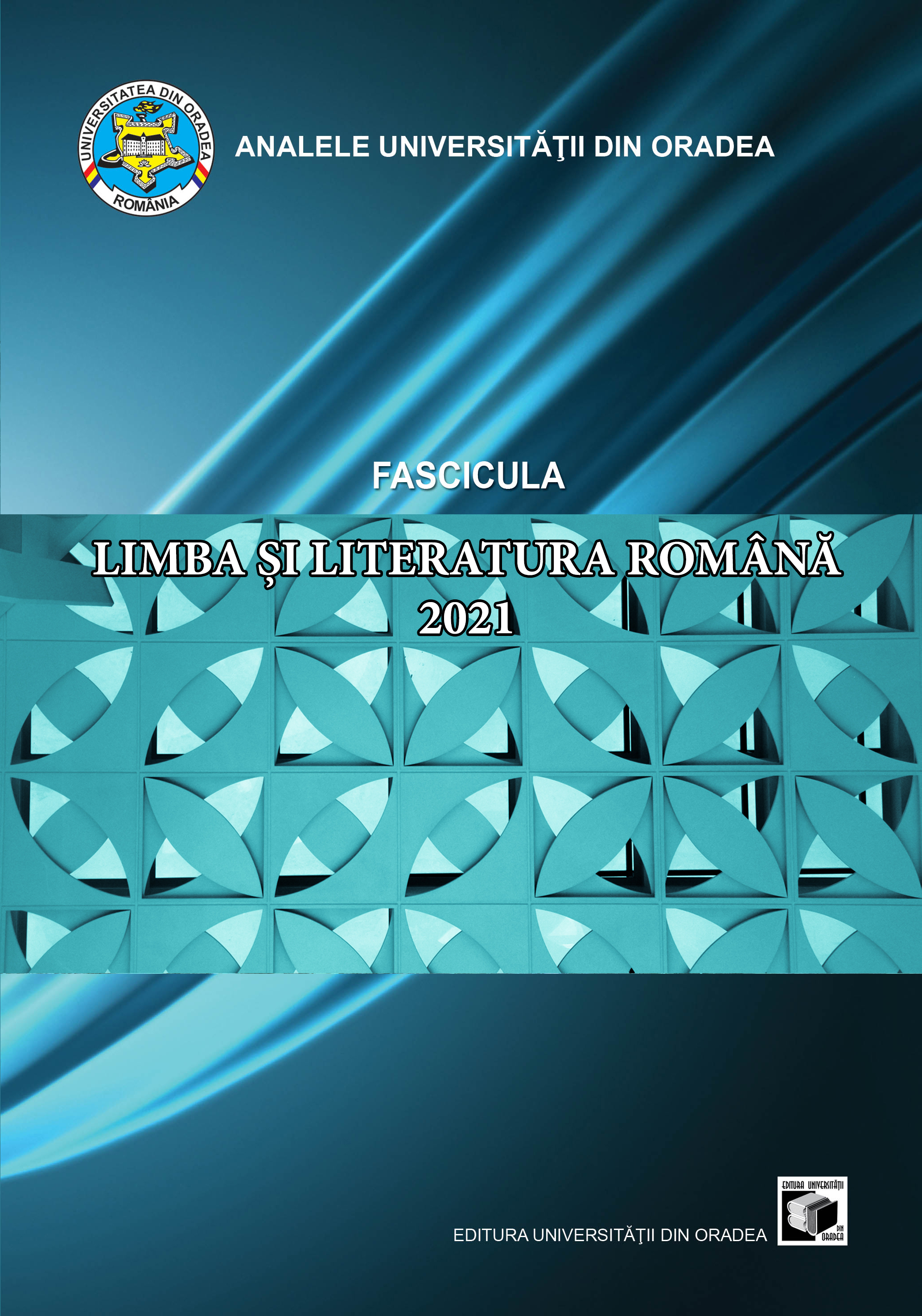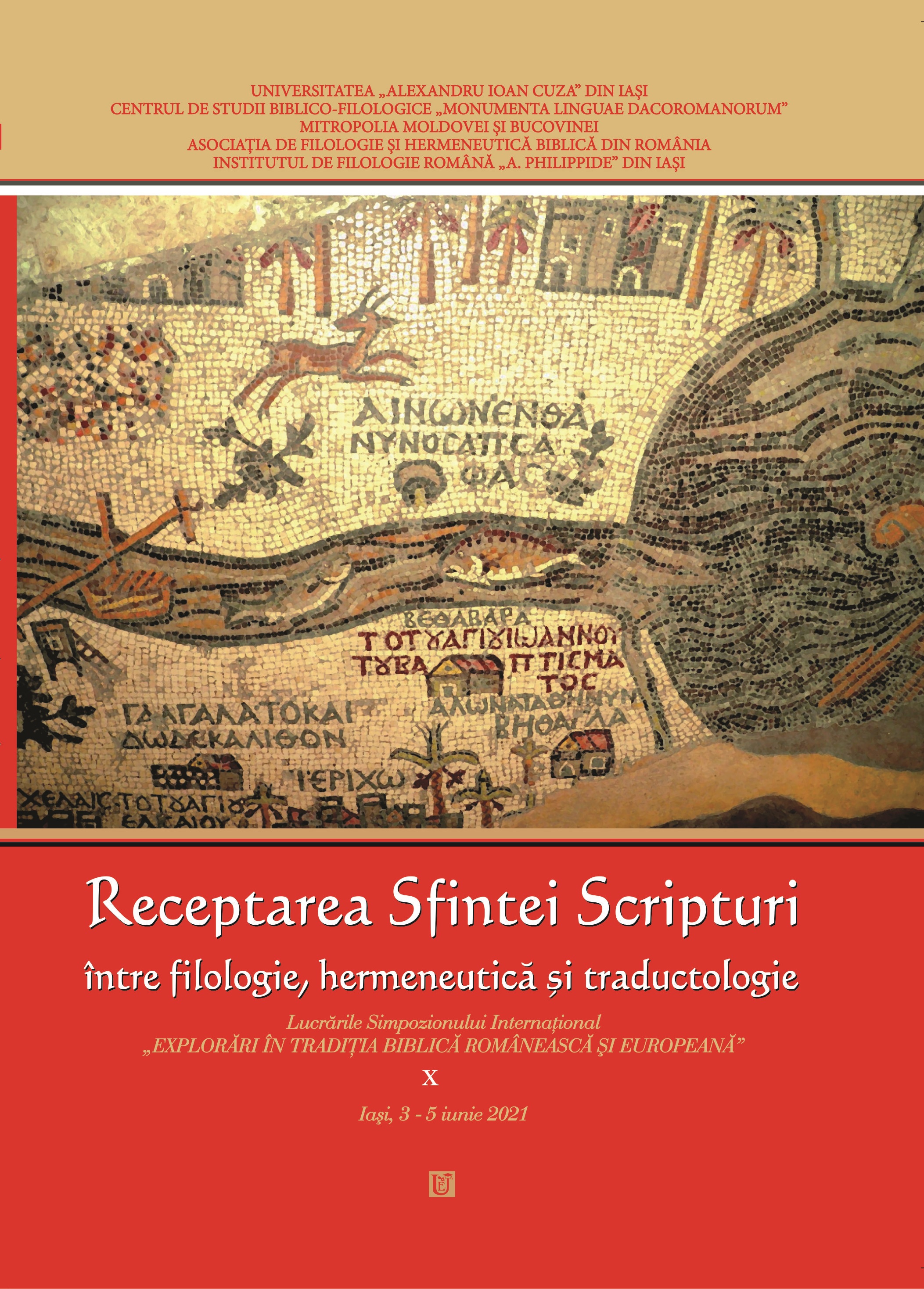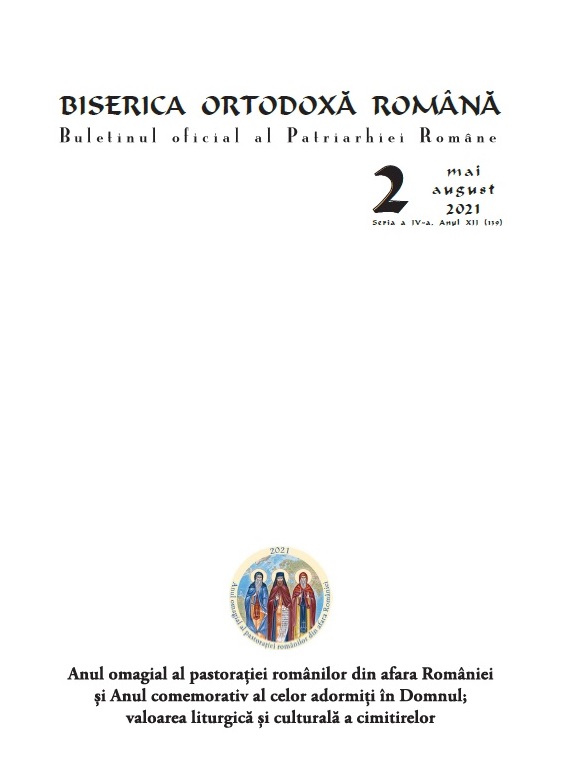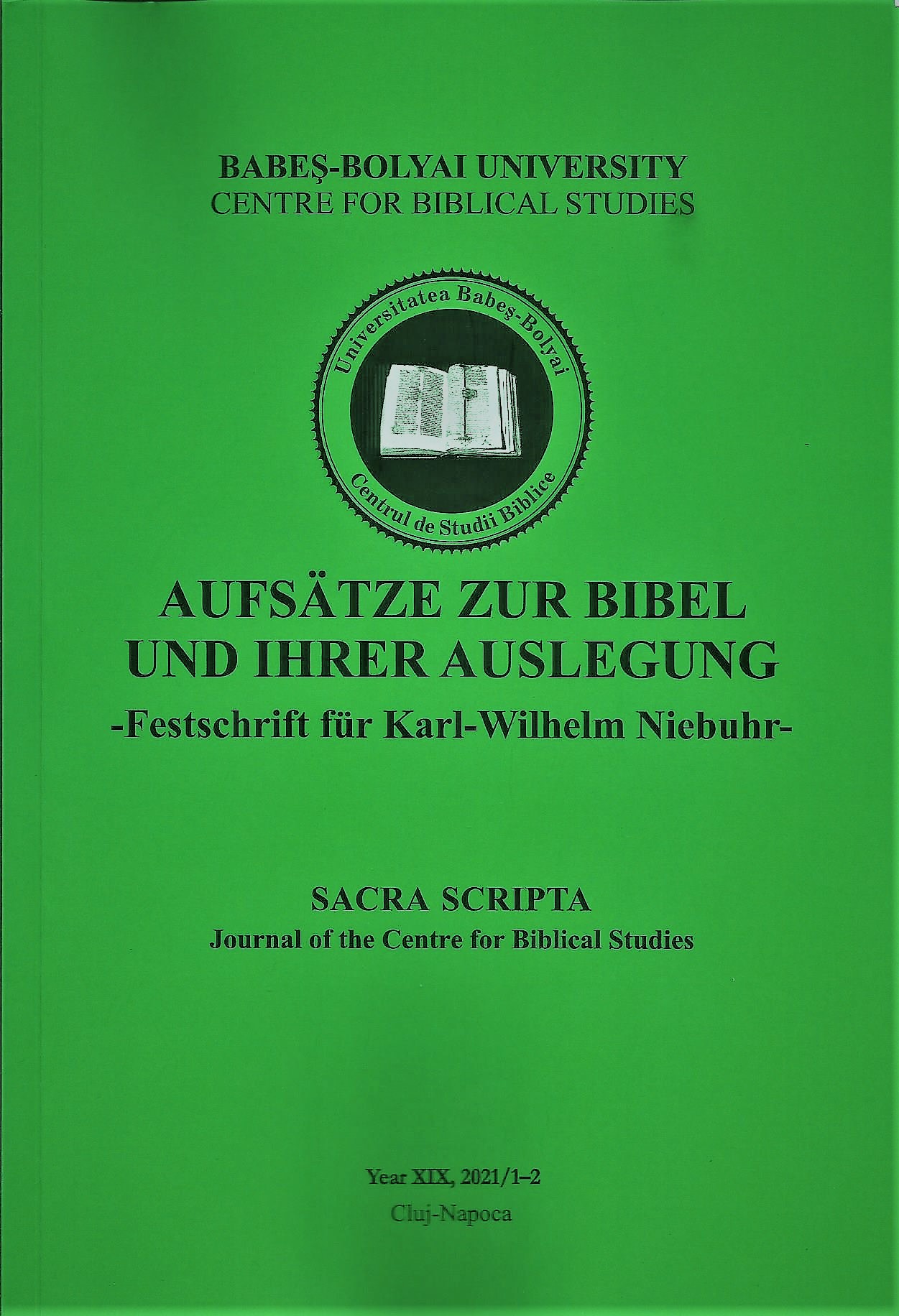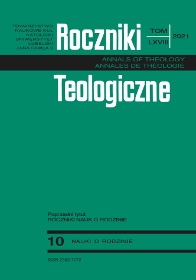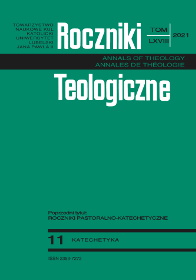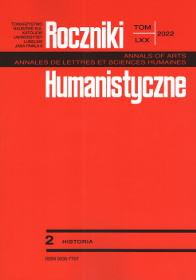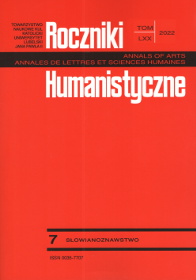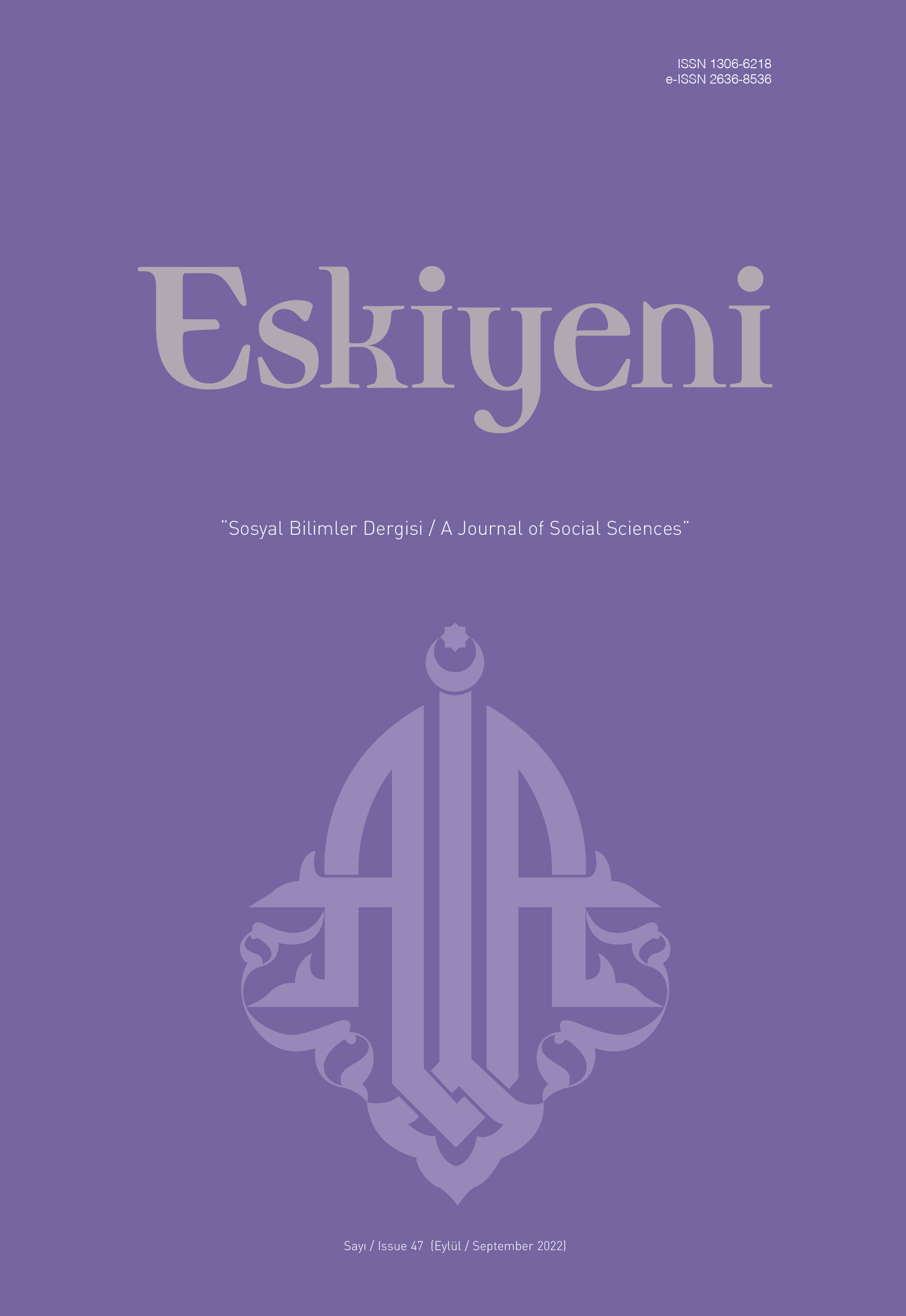Author(s): Irina Ursachi / Language(s): Romanian
Issue: 2/2021
This year, on the feast of the Translation of the Relics of Saint John the New from Suceava, a three-day pilgrimage was organized to the fortress of Saint Stephen the Great, together with and an extensive liturgical and cultural program. The events occasioned by the feast day of „Saint John the New” Monastery began on Tuesday, June 22, 2021, with the Akathistos Hymn of the Patron Saint, followed by a procession and the display of the casket with the Saint’s relics in the specially prepared and decorated canopy in the courtyard of the monastery, to be venerated by pilgrims. A highlight of the day was the „The Way of the Saints” procession, part of the events dedicated to the feast of Saint John the New from Suceava, the first patron saint of Moldavia. Following the established route, the casket with the relics of Saint John was carried by priests and lay people through the streets of Suceava. Wednesday, June 23, also brought much joy to the pilgrims in Suceava. In the morning, His Grace Damaschin Dorneanul, Episcopal-Vicar of the Archdiocese of Suceava and Rădăuți, celebrated the Holy Liturgy together with a choir of priests and deacons on a special podium in the courtyard of the monastic establishment.Another special artistic moment took place in the Saint George Church in the Monastery of Saint John the New: the first edition of a Charity Concert of Byzantine Music, organized by the Archdiocese of Suceava and Rădăuți. The event was attended by the psaltic groups „Dimitrie Suceveanu” of the Suceava Cathedral, „Saint Inochentie of Probota” and „Crinii țarinii” choir of Dragomirna Monastery. The special guest of this concert was „Byzantion” Academic Choir. June 24, 2021 was the feastday of the Translation of the relics of Saint John the New, a moment of great joy for the faithful believers of the Archdiocese of Suceava and Rădăuți and beyond. On this feast day for the city of Suceava, the Holy and Divine Liturgy of Saint John Chrysostom was celebrated by seven hierarchs, members of the Holy Synod of the Romanian Orthodox Church, the service being led by His Eminence Theophan, Metropolitan of Moldavia and Bucovina. On these feast days for the Archdiocese of Suceava and Rădăuți, the faithful came in large numbers to worship the shrine with the relics of Saint John the New, a holy and great miracle worker and gracious helper. The Great Martyr John the New protects Moldavia unceasingly, together with Saint Parascheva, and is close to all those who ask for his help, offering them support and comfort.
More...
